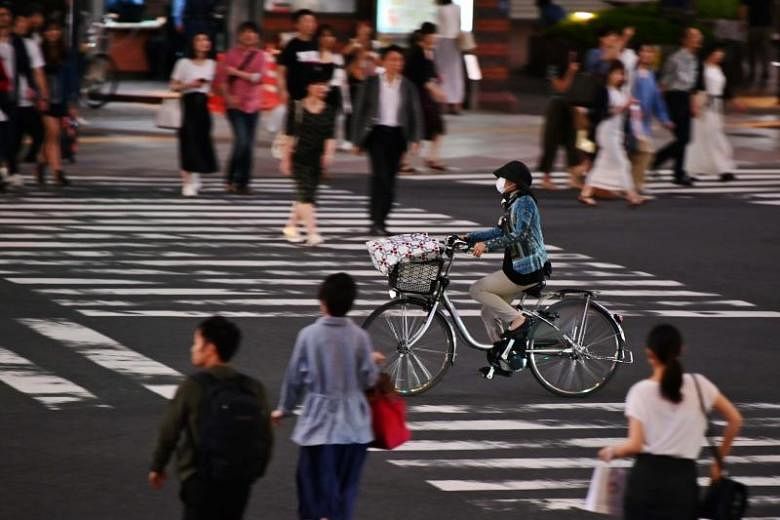TOKYO (THE YOMIURI SHIMBUN/ASIA NEWS NETWORK) - Correcting the unipolar concentration of the nation's population in Tokyo while enhancing the vitality of regional areas is important.
Long-term efforts must be made to grapple with this thorny challenge.
The government approved at a Cabinet meeting a basic policy on regional revitalisation.
The government has examined the progress of the first-phase comprehensive strategies, implemented over five years since fiscal 2015, and hammered out a course of action for measures to be taken immediately.
The policy for this fiscal year is characterised by the government effectively giving up its earlier target of "bringing the inflow and outflow of residents into equilibrium by 2020" regarding the Tokyo metropolitan area and regional areas.
The surplus of people moving into Tokyo and three neighbouring prefectures has further increased, rather than decreased, up by as many as about 140,000 in 2018.
The government should analyse the underlying factors as well as the situation surrounding its failure to achieve its target, and make use of the analysis for measures to be taken in the future.
The government will consider resetting the target in its next-phase comprehensive strategies.
With the influx of young people to the Tokyo metropolitan area, where the birth rate is low, it is highly likely for the nation's declining birth rate to accelerate further.
It is also feared that in the event of a natural disaster, damage would be magnified because of the high population density.
The present situation, in which as much as 30 percent of the country's entire population lives in the Tokyo metropolitan area, should not be left unaddressed.
It is essential to tackle this state of affairs as a priority.
What counts most is to develop an environment in which the younger generations can continue living in their hometown.
The bulk of those who move out of regional areas to the Tokyo metropolitan area are young people in their late teens to 20s.
A recent trend is that the margin of increase is greater for women than for men.
For the opportunity to enter schooling at a higher level or secure employment, young people likely go to the capital in search of higher incomes and rewarding jobs.
Limited regular employment available to women in regional areas is also a factor behind this move.
The basic policy has hammered out an idea of accelerating the relocation of businesses and governmental organisations to regional areas.
The policy has specified that the government will map out comprehensive support measures within this year so that companies would transfer functions of their headquarters to regional areas.
Improving measures that would give preferential tax treatment to companies transferring their functions to regional areas is an issue that needs considering. It is also vital for the central government, in cooperation with local governments, to beef up the provision of relevant information to companies.
The government will secure ¥100 billion (S$1.2 billion) annually as subsidies to promote regional revitalisation.
Subsidies will be provided under a system whereby local governments take the lead and showcase distinctive projects.
For instance, the local governments of Nishi-Awakura village in Okayama Prefecture and Atsuma town in Hokkaido have worked to promote projects to foster those looking to start a business in locally based industries such as forestry.
Using these examples as a reference, regional revitalisation measures where the initiative is taken up locally should be spread.
Also important is the perspective of deepening people's interactions and comings and goings between urban and provincial areas.
The basic policy has held up a new concept of an "involved population," or people who are involved in areas they have a connection with such as their birthplace but do not settle there.
The supposition is that such urbanites go to regional areas on their weekend to engage in voluntary work or side jobs.
There is also a possibility of their moving to these regional areas in the future.
It is necessary to craft a system to understand their needs and to link such urbanites and regional communities.
The Yomiuri Shimbun is a member of The Straits Times media partner Asia News Network, an alliance of 24 news media organisations.

